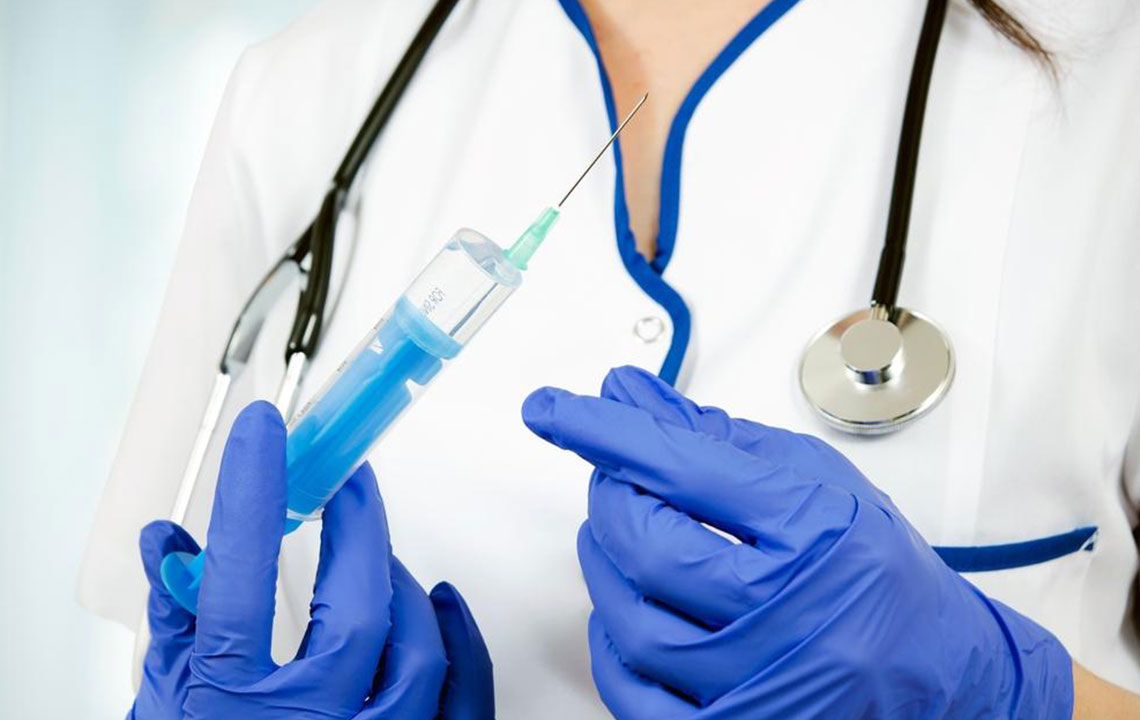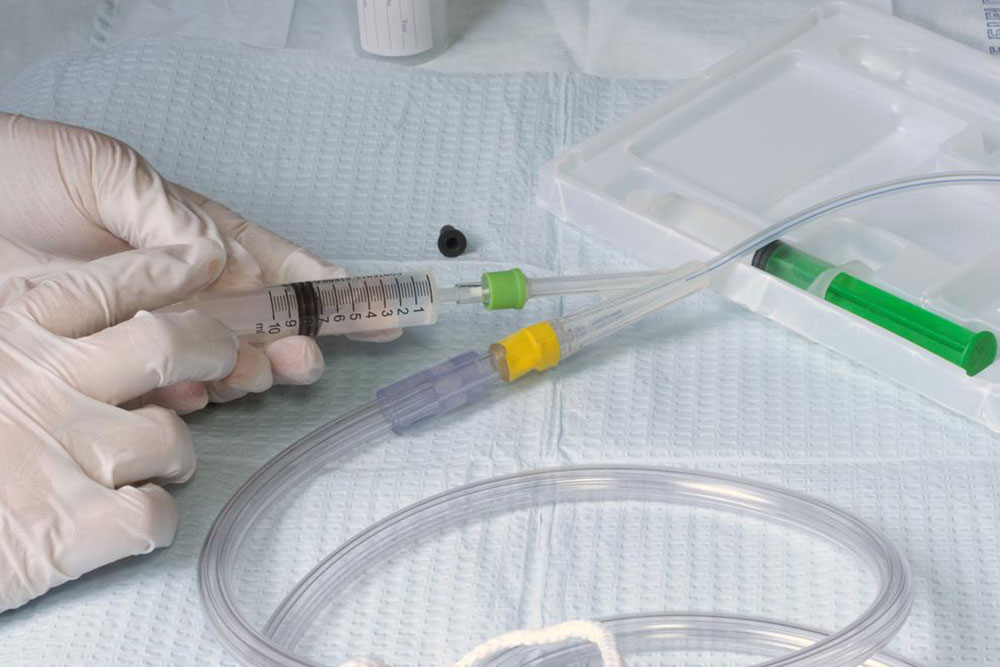Comprehensive Overview of Male Urinary Catheters: Types, Uses, and Best Practices
This comprehensive guide explores male urinary catheters, detailing various types, their specific uses, and best practices for safe and effective management. Learn about Foley, external, and short-term catheters, their indications, and maintenance tips to ensure optimal patient care and minimize complications.

Different Types of Male Urinary Catheters and Their Practical Applications
Male urinary catheters are specialized medical devices designed to facilitate the drainage of urine directly from the bladder in men facing urination difficulties or urinary control issues. These slender, flexible tubes are vital tools in numerous clinical situations, ensuring effective urine management and improving patient comfort and hygiene. Whether used temporarily or for long-term care, understanding the various types of male urinary catheters—as well as their appropriate applications—is essential for healthcare providers, patients, and caregivers alike.
Developed specifically to cater to male anatomy, these catheters serve patients with diverse needs, including incontinence, urinary retention, or recovery from urological procedures. Constructed from biocompatible materials such as silicone, PVC (polyvinyl chloride), or rubber, they come in a variety of sizes and configurations to ensure optimal fit and patient comfort. Proper selection, insertion, and maintenance are crucial to minimize complications and enhance treatment outcomes.
Categories and Types of Male Urinary Catheters
Male urinary catheters are used continuously as long as the patient is unable to urinate normally or effectively. The duration of catheter use can vary significantly—from short-term necessity following surgery to long-term management in cases of chronic urinary dysfunction. The choice of catheter type and usage regimen depends on the patient's condition, medical history, and specific healthcare needs.
Primary Types of Male Urinary Catheters:
Indwelling Catheters: These are designed for prolonged use, remaining inside the bladder for days, weeks, or even months. Also called Foley catheters, they are inserted through the urethra by trained medical personnel. They feature an inflatable balloon at the tip, which, once inside the bladder, is filled with sterile water to prevent dislodgement. Indwelling catheters are suitable for patients with severe or permanent urinary issues requiring continuous drainage or close monitoring.
External or Condom Catheters: These external devices worn over the penis resemble a condom. They connect to a drainage collection bag, allowing urine to flow externally. External catheters reduce infection risks compared to internal catheters and are often preferred for male patients with incontinence caused by neurological conditions or mobility issues. Since they are less invasive, they are typically replaced daily or as needed depending on the device specifications.
Short-term or Intermittent Catheters: Also known as in-and-out catheters, these are used temporarily, usually during recovery from surgery or acute urinary retention episodes. Inserted via the urethra, they are removed once the bladder is emptied or functioning normally. They are designed for single use or limited reuse, with a focus on cleanliness and infection prevention.
The choice between these catheter types depends on the patient's health status, comfort considerations, and medical advice. Healthcare professionals assess each patient's specific needs to recommend the most suitable catheter type and usage plan.
Common Indications for Male Urinary Catheterization:
Management of urinary incontinence, either temporary or chronic
Relief of urinary retention caused by physical or neurological issues
Control of urine leakage resulting from injuries or disabilities
Post-operative recovery to ensure proper bladder emptying
Monitoring and managing urinary system injuries or diseases that impair normal urination
It's essential for healthcare providers to perform catheter insertion using sterile techniques to prevent infections and ensure patient comfort. Proper catheter care thereafter—like regular cleaning, hydration, and timely replacement—is critical in minimizing risks such as urinary tract infections (UTIs), urethral trauma, or blockages.




